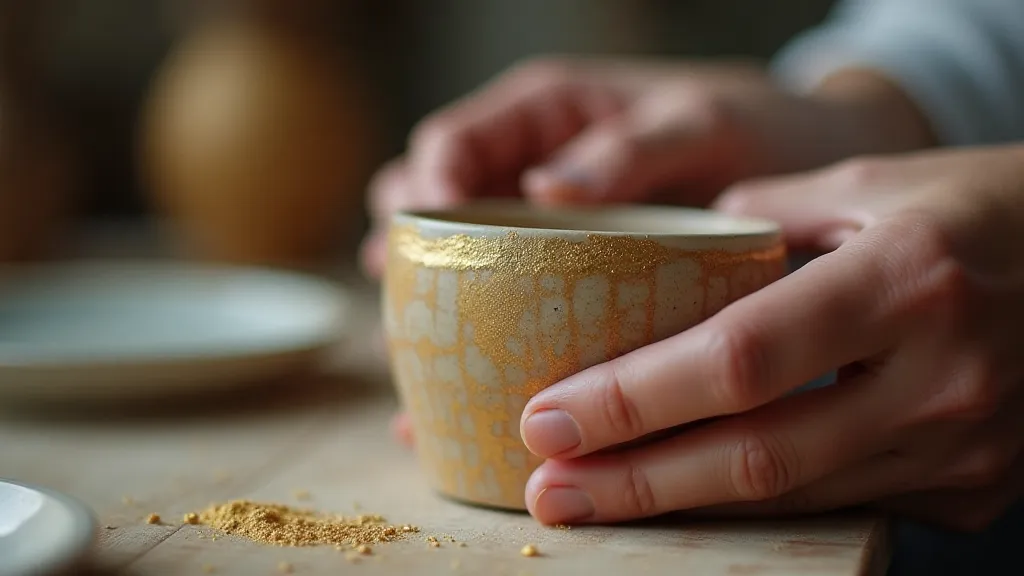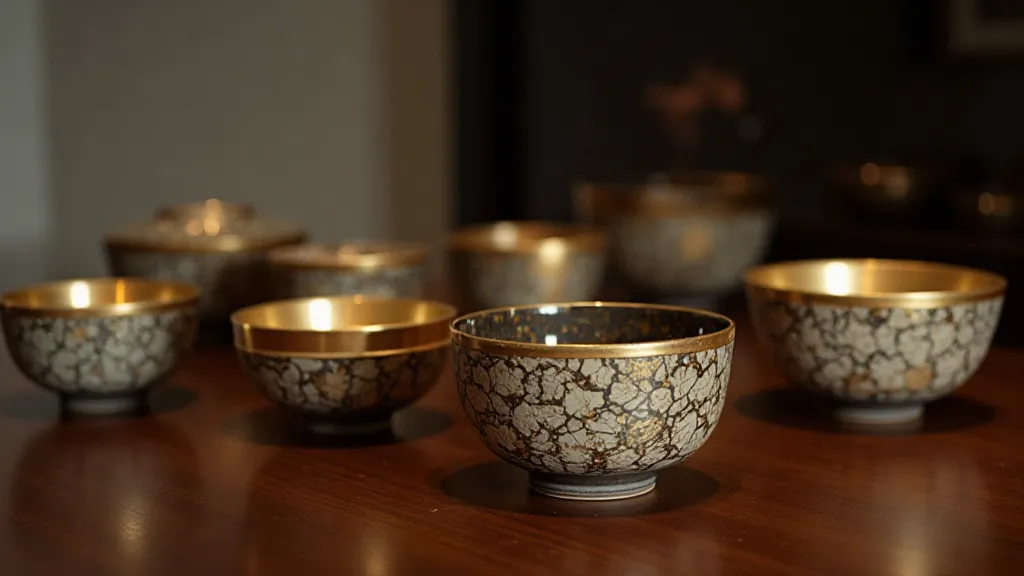The Space Between Words: Finding Rhythm Through Pauses
There’s a peculiar beauty in broken things, especially when they’re meticulously pieced back together. It’s a beauty that transcends mere repair; it’s a philosophy, an aesthetic, a story whispered in fragments. This is the heart of Kintsugi, the Japanese art of pottery repair, but its lessons extend far beyond the studio and into the realm of creative expression – specifically, how deliberate emptiness and silence can shape rhythm and meaning.
My own appreciation for this concept arose unexpectedly. I collect antique accordions. Not as an investment, but because I'm drawn to their mechanical intricacy and the echoes of melodies they hold. Many of the instruments I've acquired over the years are damaged – bellows cracked, keys missing, reeds warped by time and neglect. Each restoration is a journey, a painstaking dance of patience and precision. Initially, I felt a deep sadness for their state. They were silent, incomplete. But as I began the painstaking process of repair, I started to see something else: a history etched into the cracks, a character born of adversity.

The Philosophy of Kintsugi: Embracing Imperfection
Kintsugi, meaning “golden joinery,” isn’t merely about fixing broken pottery. It’s rooted in a worldview that values history and imperfection. Unlike Western repair techniques that strive to erase damage and return an object to its original state, Kintsugi celebrates the cracks. The breaks are filled with lacquer mixed with gold, silver, or platinum, creating visible seams that become a defining feature of the piece. This isn’t seen as a flaw to be hidden; it’s considered a unique characteristic that enhances the object’s beauty and tells a story of resilience.
The practice originated in the 15th century when a shogun sent a broken Chinese tea bowl back to Japan for repair. The craftsmen, displeased with the unsatisfactory attempts at concealing the damage, decided to embrace the cracks with gold, giving birth to this extraordinary art form. The idea resonates with the Zen Buddhist philosophy of *wabi-sabi*, which finds beauty in the impermanent, incomplete, and imperfect.
The Rhythm of Silence: An Echo of Kintsugi in Writing
This understanding of embracing imperfection isn't restricted to pottery. It applies, I believe, to almost any creative pursuit, and particularly powerfully to writing. Consider the rhythm of prose. We often focus on the words themselves - the vocabulary, the syntax, the carefully constructed sentences. But what about the spaces between those words? The pauses? The silences?
Just as Kintsugi highlights the cracks with gold, a skilled writer uses deliberate pauses – strategically placed commas, ellipses, even entire sentences – to create a particular rhythm and draw the reader deeper into the narrative. A hurried, relentless flow can be exhausting and ultimately lose the reader. A generous application of silence, however, allows the meaning to breathe, the emotion to linger. It’s the space between the notes that gives music its soul. Think of a poignant moment in a story – is it the words that carry the weight, or the pregnant silence that follows them?
Often, I find myself deleting entire passages, not because the writing is bad, but because it’s too much. It’s the insistent chatter that obscures the underlying truth. It’s the gold that obscures the crack, rather than highlighting it. The lesson learned from restoring antique accordions – to appreciate the history etched into their imperfections – mirrors the lesson a writer must learn: sometimes, less is infinitely more.

Craftsmanship and Care: A Shared Language
Both Kintsugi and accordion restoration demand a meticulous attention to detail, a profound respect for the materials, and an appreciation for the history held within the object. They’re both acts of preservation, not just of an object, but of a memory, a story. A Kintsugi craftsman must understand the properties of lacquer and gold, the fragility of ceramic, the forces that caused the break. Similarly, an accordion restorer needs a working knowledge of bellows construction, reed voicing, and the aging process of wood.
There’s a certain meditative quality to both practices. The slow, deliberate movements, the focused concentration, the quiet satisfaction of seeing a broken thing made whole again – it’s a deeply rewarding experience. It’s a reminder that beauty can be found in unexpected places, that imperfections can be sources of strength, and that the process of repair can be just as meaningful as the final product.
Collecting with Purpose: Beyond the Surface
Whether you’re drawn to the beauty of Kintsugi pottery or the soulful hum of a restored accordion, collecting isn't just about acquiring possessions. It’s about connecting with history, appreciating craftsmanship, and finding beauty in the unexpected. When considering a piece, look beyond the surface. Examine the story it holds. Consider the hands that shaped it, the journey it has taken, the resilience it has shown. A perfectly pristine piece may hold a certain appeal, but it’s often the flaws, the repairs, the visible history that truly resonate.
The appreciation for damaged pieces transcends mere aesthetics. It’s a deeper understanding of value – recognizing that things become more valuable, not less, through the trials they have endured. It's acknowledging the beauty of the space between words, the rhythm born of pauses, and the golden seams that bind us together.






